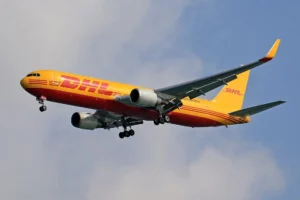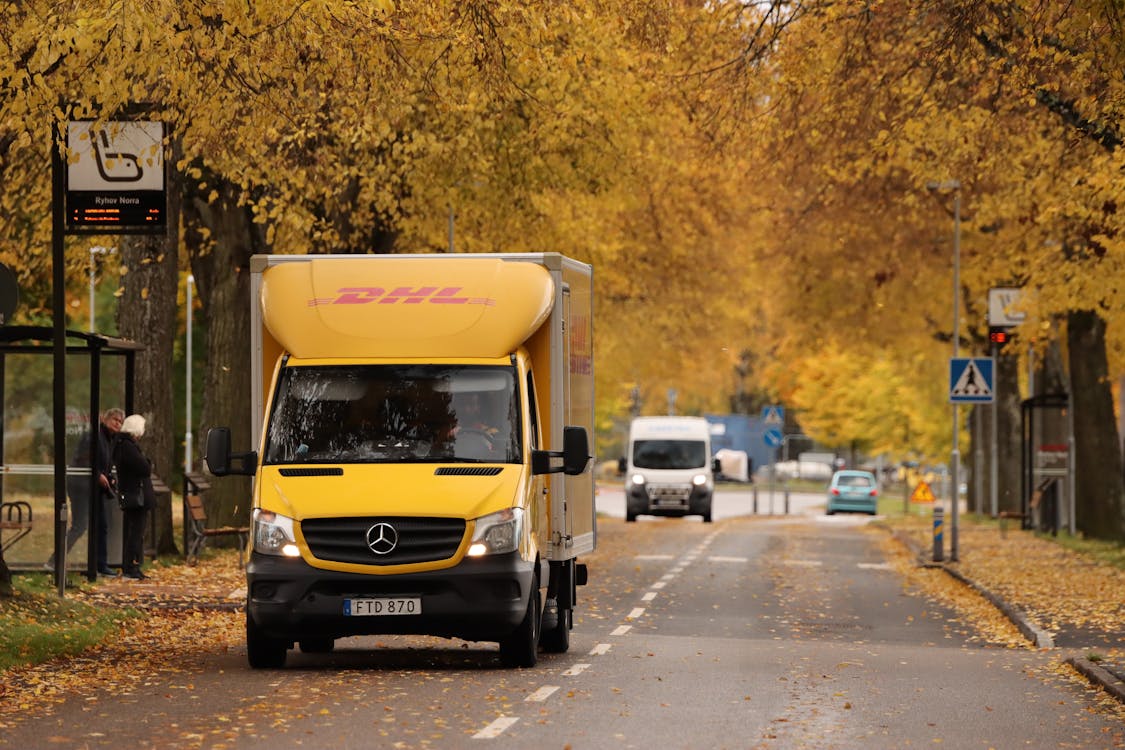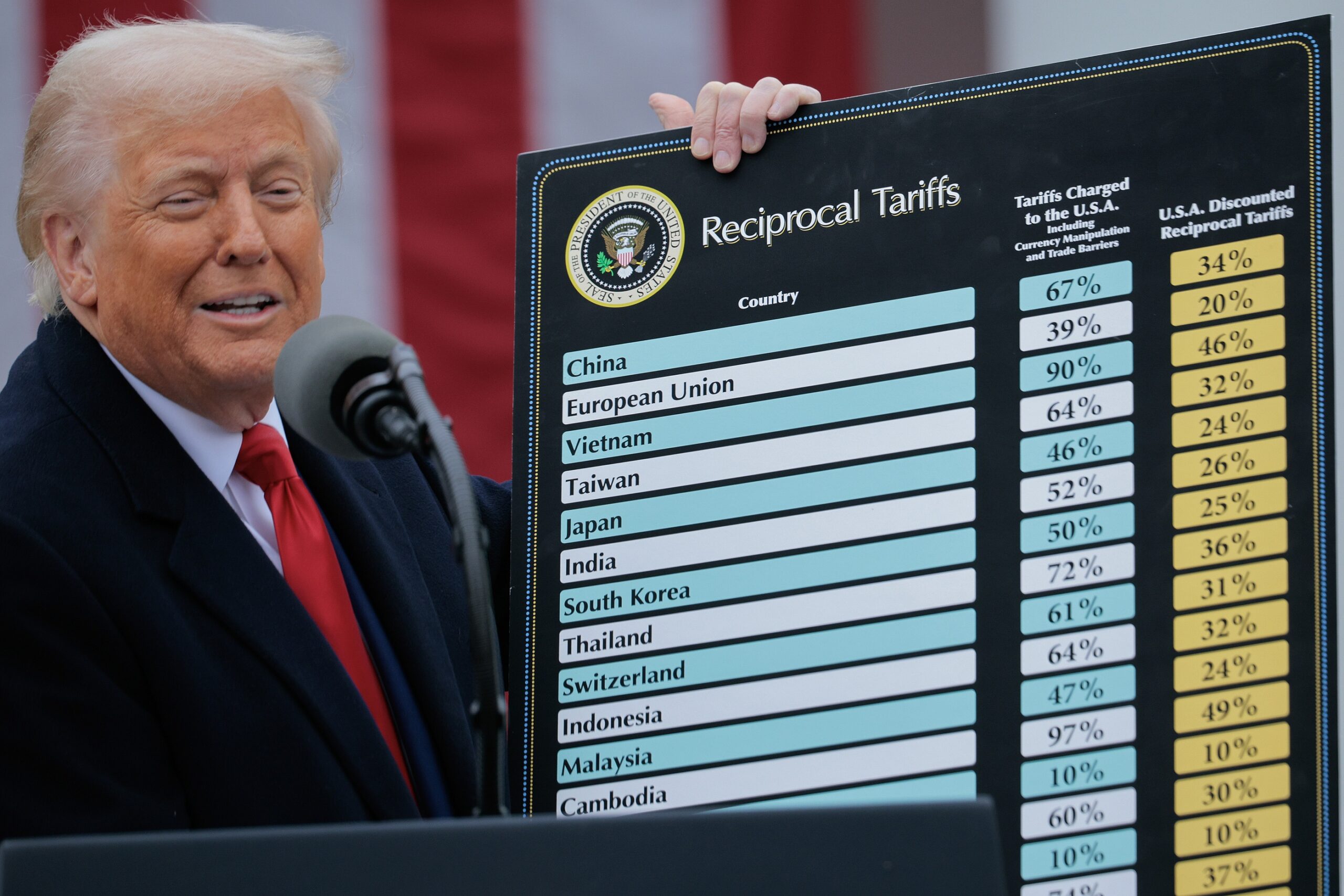Customs Backlog Delays Orders
A Growing Shipping Crisis Hits Online Shoppers
Global Delivery Chaos: Customs Backlog Delays orders Worldwide. Particularly in the U.S., U.K., and parts of Asia, are now causing severe delays in order deliveries, affecting both everyday consumers and major retailers.
According to Reuters, increased border inspections, heightened security protocols, and a surge in cross-border purchases have overwhelmed customs systems, creating a chain reaction across the entire global delivery infrastructure.
Why This is Happening
The chaos stems from a perfect storm of issues:
-
Post-pandemic e-commerce boom has dramatically increased international shipping volumes.
-
New regulations and documentation requirements for imported goods have slowed processing.
-
Shortages of trained customs officers and logistics staff continue to plague key trade routes.
-
Some regions are tightening anti-counterfeit and biosecurity checks—causing extra scrutiny and long queues.
A logistics manager at DHL told Bloomberg that some packages are stuck in customs for up to three weeks, depending on origin and declaration accuracy.

Businesses Losing Sales, Shoppers Losing Patience
Small e-commerce businesses and Etsy shop owners have taken to platforms like Reddit and X (formerly Twitter) to voice frustration, as their shipping timelines stretch beyond reasonable windows.
Customers, too, are becoming increasingly vocal. Complaints on platforms like TrustPilot and Amazon reviews reflect a shared sentiment: “Why is my package still in customs?”
Some shoppers report waiting over 30 days for international orders that used to arrive in under 10 days.
“I ordered from Japan and it’s been stuck at customs in New York for 18 days. No update. No clue,” said one Reddit user in a trending thread on r/ecommerce.
The Bigger Picture: A Global Supply Chain Reset?
Experts believe this is more than just a backlog—it’s a system-wide reset in how global trade is managed.
According to the World Trade Organization, these issues reveal just how fragile and outdated some customs systems are, especially when faced with modern demands like AI-enhanced inventory systems, fast fashion drops, and real-time consumer tracking expectations.
Logistics consultant Anya Dellari said in a Forbes interview:
“Consumers have gotten used to speed. But the infrastructure behind it hasn’t evolved fast enough. Customs is the last gatekeeper, and it’s breaking under pressure.”
Countries Hit the Hardest
While nearly every nation is experiencing some level of disruption, countries reporting the longest delays include:
-
United States
-
United Kingdom
-
Germany
-
India
-
South Korea
China and Singapore are reportedly handling the volume better, thanks to their AI-enhanced clearance systems, according to LogisticsToday.
What Shoppers Can Do Right Now
If your order is stuck, experts recommend:
-
Contact the seller and ask for tracking updates.
-
Use official tracking sites of your local post or courier service.
-
Avoid ordering restricted items that trigger extra inspections.
-
Ask the seller to mark shipments as “gift” or “low-value” when possible (legally).
-
Shop local or domestic where available to bypass customs altogether.
Platforms like Shopify and Etsy have also published recent guidelines to help sellers optimize packaging and labeling to reduce inspection time.
Is Relief in Sight?
Governments are slowly stepping in. The EU Customs Union is trialing a digital-first customs pre-clearance system aimed at speeding up entry for registered exporters. Similarly, U.S. Customs and Border Protection (CBP) announced plans to automate low-risk parcels starting Q3 of 2025.
Still, industry experts warn: Don’t expect overnight change.
“We’re looking at a new normal,” said Thomas Yeung, VP of International Shipping at FedEx. “Customers and retailers alike need to adjust timelines.”
What It Means for the Future
The customs backlog crisis could force a dramatic shift in shopping behavior. More people may turn to digital goods, print-on-demand, or local alternatives to avoid delays.
It also highlights the urgency for global trade platforms to embrace digitized customs, smart logistics, and predictive shipping tools that can better handle the surge in online demand.



